Up Next

When you set about designing and building a new Formula 1 car for the season ahead, there are three very stressful periods.
You need to get through each one before you really know where you stand and the 10 teams are heading into the third of those stages in Bahrain this weekend.
First of all, there are the crash tests. There are so many of them now: impact tests, intrusion tests and load tests. These alone require a dedicated team of people simply to design the test rigs and required equipment, as well as manage the test schedule.
There were times in the past when the crash testing could be pushed as late as the eve of the first race weekend – teams have been there nervously awaiting news from a final crash test – but since 2012 this process has to be completed before you can run in pre-season testing.
For 2021, the crash-test requirement is a little more straightforward than in a normal year. The regulations mean most teams are carrying over a significant number of components so won’t need to retake all of the tests, but even new cars of similar design will need some degree of testing.
When these tests are all over, you definitely breathe a big sigh of relief. Now there is nothing that is going to stop you from going racing and any performance problems are firmly in your own hands.
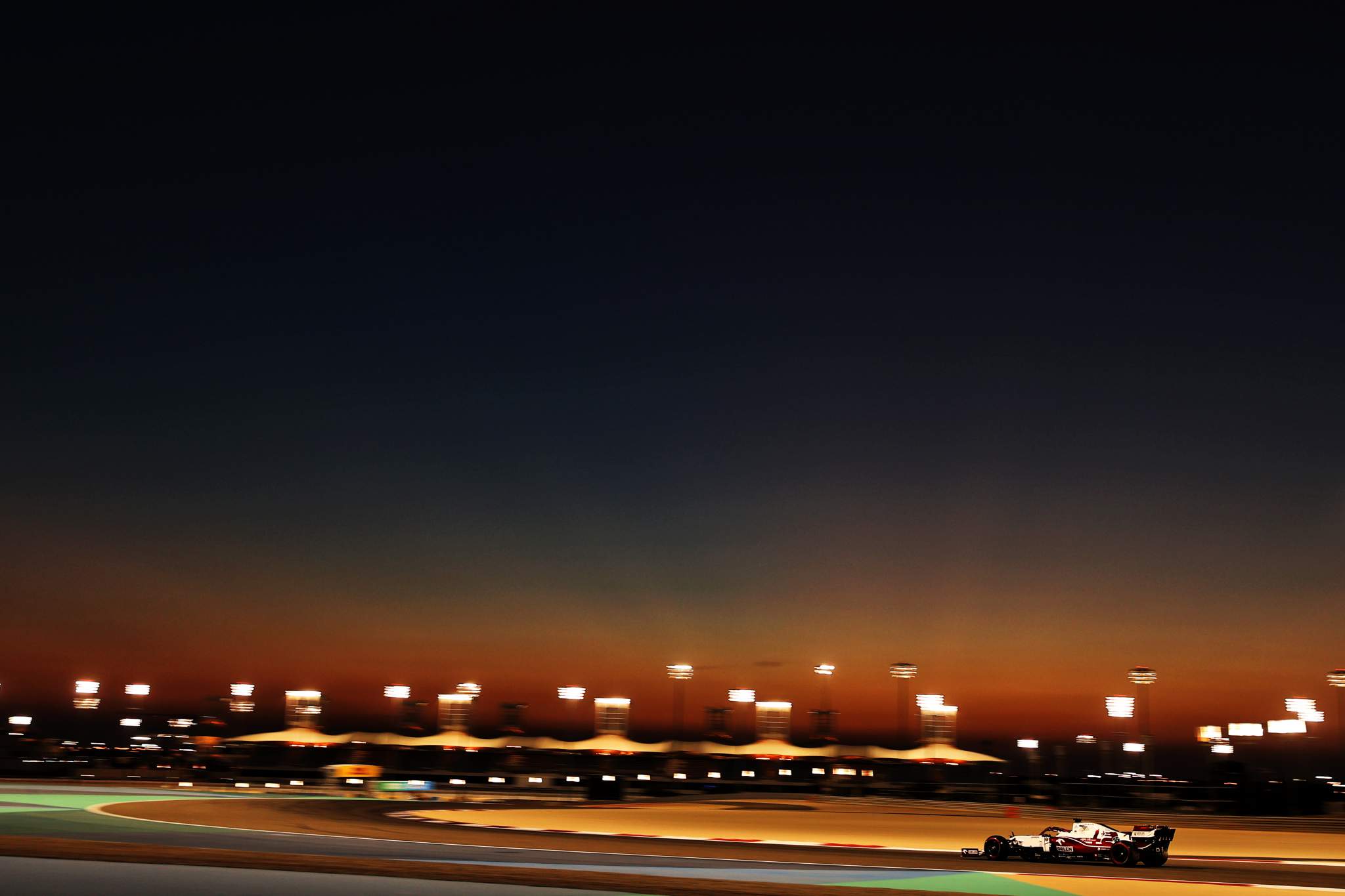
Secondly, it’s pre-season testing. We used to go off and work through some initial running on our own so we didn’t have to do our dirty washing in public.
But other than a limited mileage filming day or two, it’s now straight off to a public test that has become a major media event over the past dozen years. Even with the COVID-19 restrictions, this year’s three-day test was televised live throughout, so there’s no hiding place.
Now, a lot more work is done at base before the car ever hits the track. Every team has a range of simulation tools and most have an effective driver-in-loop system, which means testing effectively begins a long time before the car really runs.
But until you hit the track, you don’t know what the others have been up to.
Although there has been talk about the impact of only having three days of running this year, every component will have been stiffness and strength tested, the gearbox will have run thousands of miles on a test rig, the power unit will have done even more miles and, in some cases, even the complete car will have run on a full-car dyno.
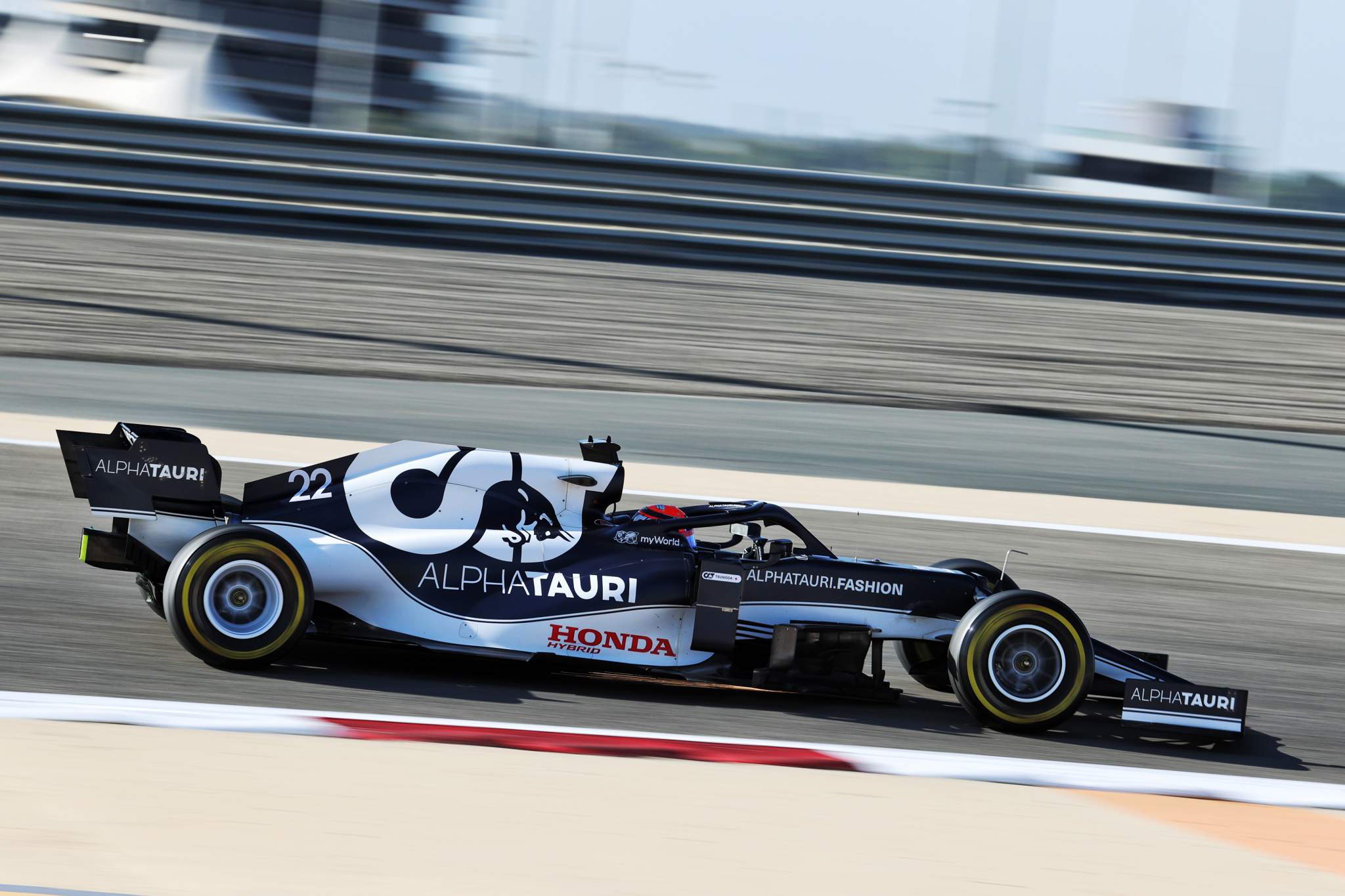
Despite all of that, there is still no substitute for on-track miles. Simulations always have their limitations given reality is much more complicated, and in the real world there are no excuses. The driver drives the car and will give you their opinion on your new baby. That’s what you need to react to.
2021 TESTING DISTANCE
1 AlphaTauri 1419 miles
= Alfa Romeo 1419
3 Ferrari 1358
4 Alpine 1332
5 Haas 1325
6 Williams 1254
7 Red Bull 1241
8 McLaren 1099
9 Aston Martin 1056
10 Mercedes 1022
Four of the last five lowest mileage cars are all Mercedes powered. I also think that this is the first time we have ever seen the Mercedes works team at the bottom of this pile.
When we look at the testing miles completed by each team, the first question we have to ask is why Mercedes was the first team to hit problems with its gearbox?
I’m pretty sure it will have as good a gearbox test rig as anyone and its design is the same as in 2020, yet both the works team and Aston Martin – which uses the Mercedes gearbox – were hit with problems. McLaren and Williams, which use the same power unit with their own gearboxes, were not.
Testing is about trying to understand the idiosyncrasies of your new car. Every F1 car will have its own DNA and each team will do its best to fine-tune it into the ideal working window.
But if you can’t get do the running and get it to that point, the question is why? Track-to-windtunnel ‘correlation’ is the usually the go-to buzzword if there are problems, but basically it means the car is not doing on track what you expected of it from the research data you have optimised the car around.
If this happens, you need to dig pretty deep into recognising the source of the problems and you will usually find it’s because to save some time in the tunnel you have shortcut some testing procedures and not gathered the data that would have shown you the problem.
Testing is also all about getting the personnel up to speed again with how things work with the new car. That means practice pitstops and getting comfortable with them. A sub two second pitstop needs to happen like a military procedure. There is no time to think about it when it’s happening, it needs to be simply a procedure that everyone sticks to.
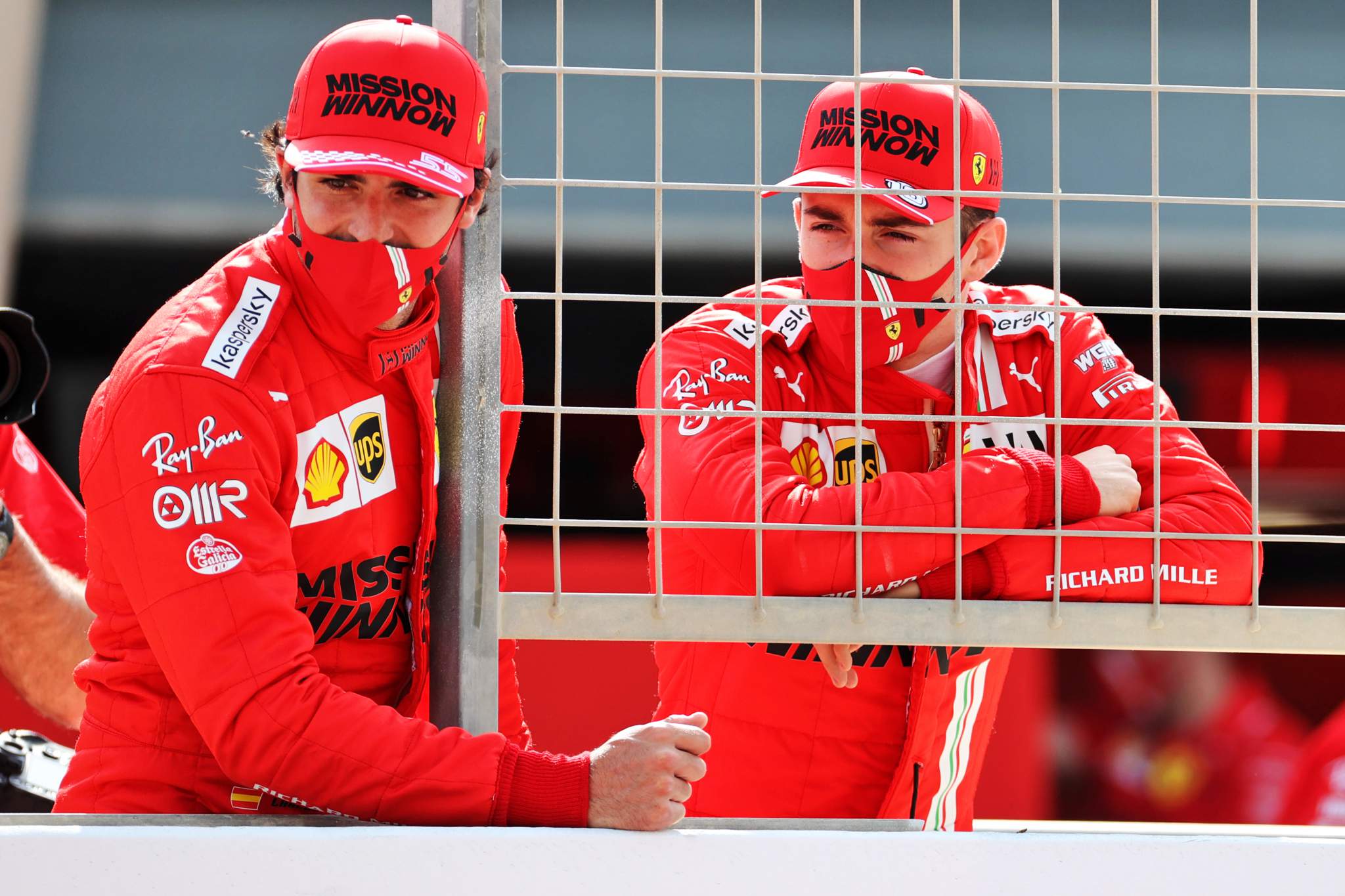
Some teams will have new people, or even different drivers, who need to get comfortable in their new environment. Rookie drivers, or even an experienced driver who has simply changed teams, will be working with a whole bunch of new people. Learning who’s who, who does what and getting those working relationships in place should all be sorted during testing. We have actually had drivers in the past who have left a team when their contract ended and didn’t know the name of their number one mechanic…
Then we come to what the teams are facing this weekend: the first race.
I always headed into these with my heart in my mouth, because at the end of the weekend you will know where you really stand. There’s no hiding place, no more ‘well they were probably on lower fuel than us’, so whether it’s good or bad at least everything is out in the open. Then it’s down to how you react to that.
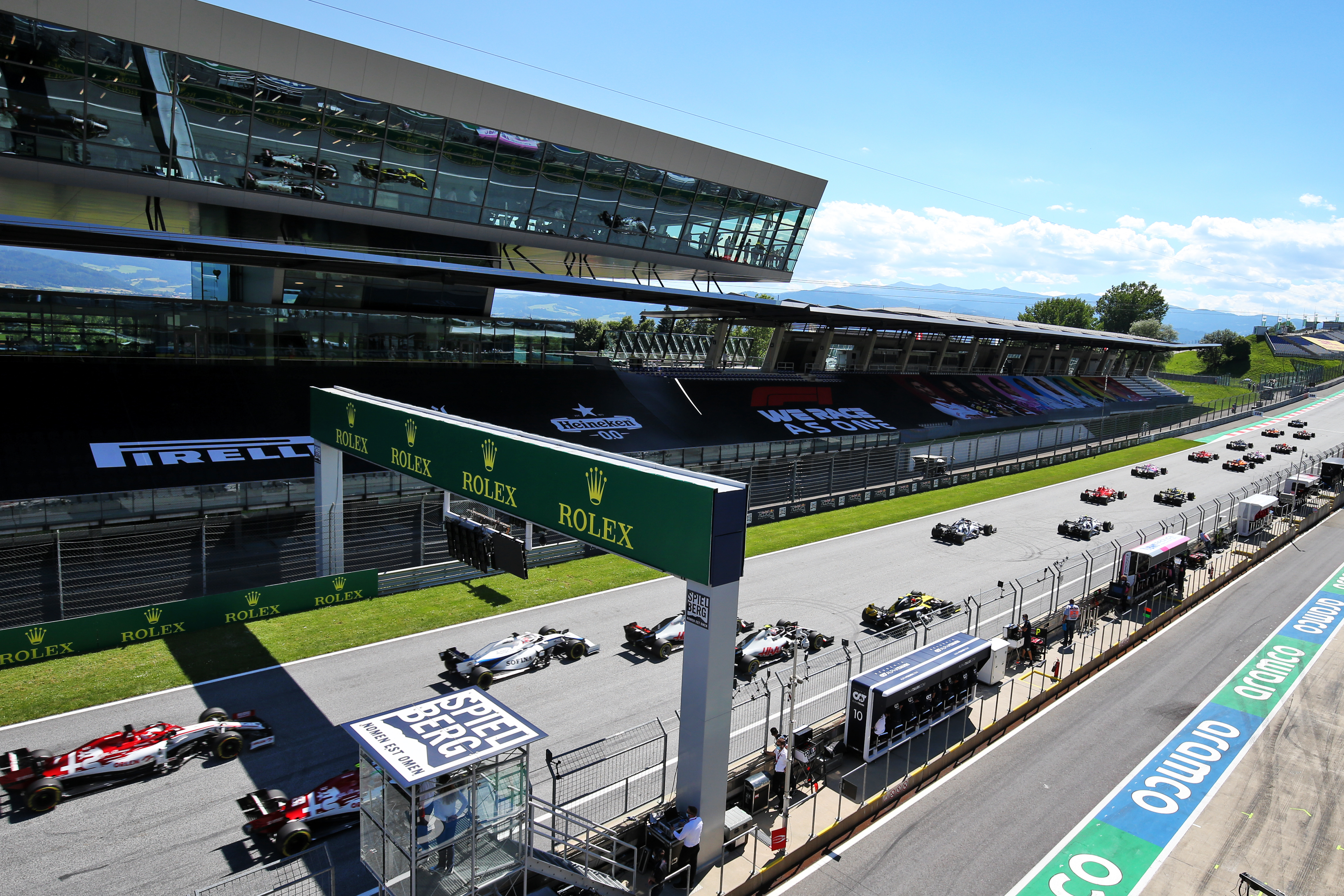
After that first race, the rest of the season is easier. Yes, race weekends are always stressful, but it becomes the normal stress of a grand prix and not something akin to the birth of your first child!
We can only take the information we gleaned during testing and try to come up with some predictions on what fuel loads each team were running based on their historic approach to testing.
These are the adjusted numbers I came up with for what each team would be expected to achieve on low fuel and the C4 Pirelli tyres.
| TEST TIME | % | BAHRAIN 2020 TIME | % | ||
| 1 | Red Bull | 1m28.051s | 0 | 1m27.678s | +0.474 |
| 2 | Mercedes | 1m28.810s | +0.862 | 1m27.264s | 0 |
| 3 | McLaren | 1m28.932s | +1.001 | 1m28.542s | +1.465 |
| 4 | Ferrari | 1m29.005s | +1.083 | 1m29.137s | +2.146 |
| 5 | AlphaTauri | 1m29.050s | +1.135 | 1m28.448s | +1.357 |
| 6 | Aston Martin | 1m29.248s | +1.359 | 1m28.322s | +1.212 |
| 7 | Alpine | 1m29.712s | +1.886 | 1m28.417s | +1.321 |
| 8 | Alfa Romeo | 1m30.066s | +2.289 | 1m29.491s | +2.552 |
| 9 | Williams | 1m30.265s | +2.515 | 1m29.294s | +2.326 |
| 10 | Haas | 1m31.531s | +3.952 | 1m30.111s | +3.263 |
Each team will have a better idea than me of where they stand after the pre-season testing. But free practice in Bahrain is 12 days after testing finished and teams will have had the chance to react. Only they will know what should be achievable and how prepared they are.
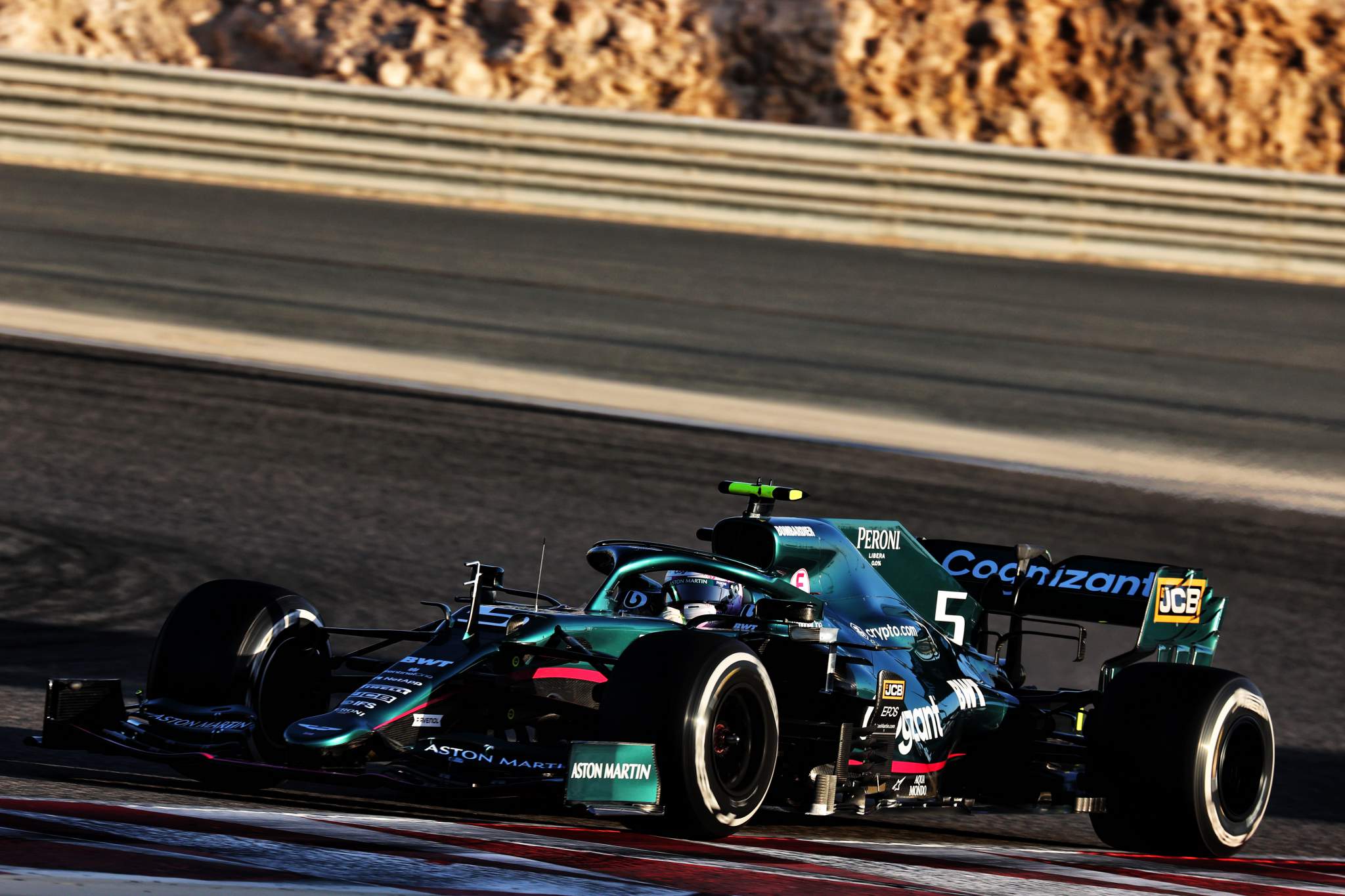
But the complication is that if you were racing against yourself it would be easy because you’d know exactly what to expect. That’s both the excitement and the dread of heading to the first race weekend, or indeed any race weekend, when you don’t know what your rivals have been up to.
Have they had that Eureka moment and found the widget that will give them half-a-second? I know it’s stupid and extremely rare, but you always have that question in your mind.
You also have to remember how big a difference even small over or under performance compared to expectations can make.
If you are two tenths slower in qualifying than you expect and a rival is two tenths quicker than they seemed, that’s a four-tenths difference – a lifetime in Formula 1. In the midfield last year, that could make the difference between fifth on the grid and 14th.
I always went into the first race weekend expecting the unexpected. Teams are a lot better prepared when they leave their factories than we used to be and have more people at base to help if any problems crop up.
When Jordan went to Phoenix in 1991 for our first grand prix, we had just 27 travelling personnel and left one person behind at base just to switch the lights on and off. How times have changed. Today, every team has hundreds of people at base and packed race support rooms monitoring every aspect of the race weekend.
I have had a few eventful first weekends of the season. Probably the worst was 1992 with the Yamaha engine at Kyalami for the South African Grand Prix.
It was the first time we ran in the car in anything like the 40C ambient temperatures. On paper, the Yamaha engine’s heat rejection figures were extremely high compared to the Cosworth HBs we ran the year before, actually so high we just thought it was how they had gone about creating the data and it was an error.
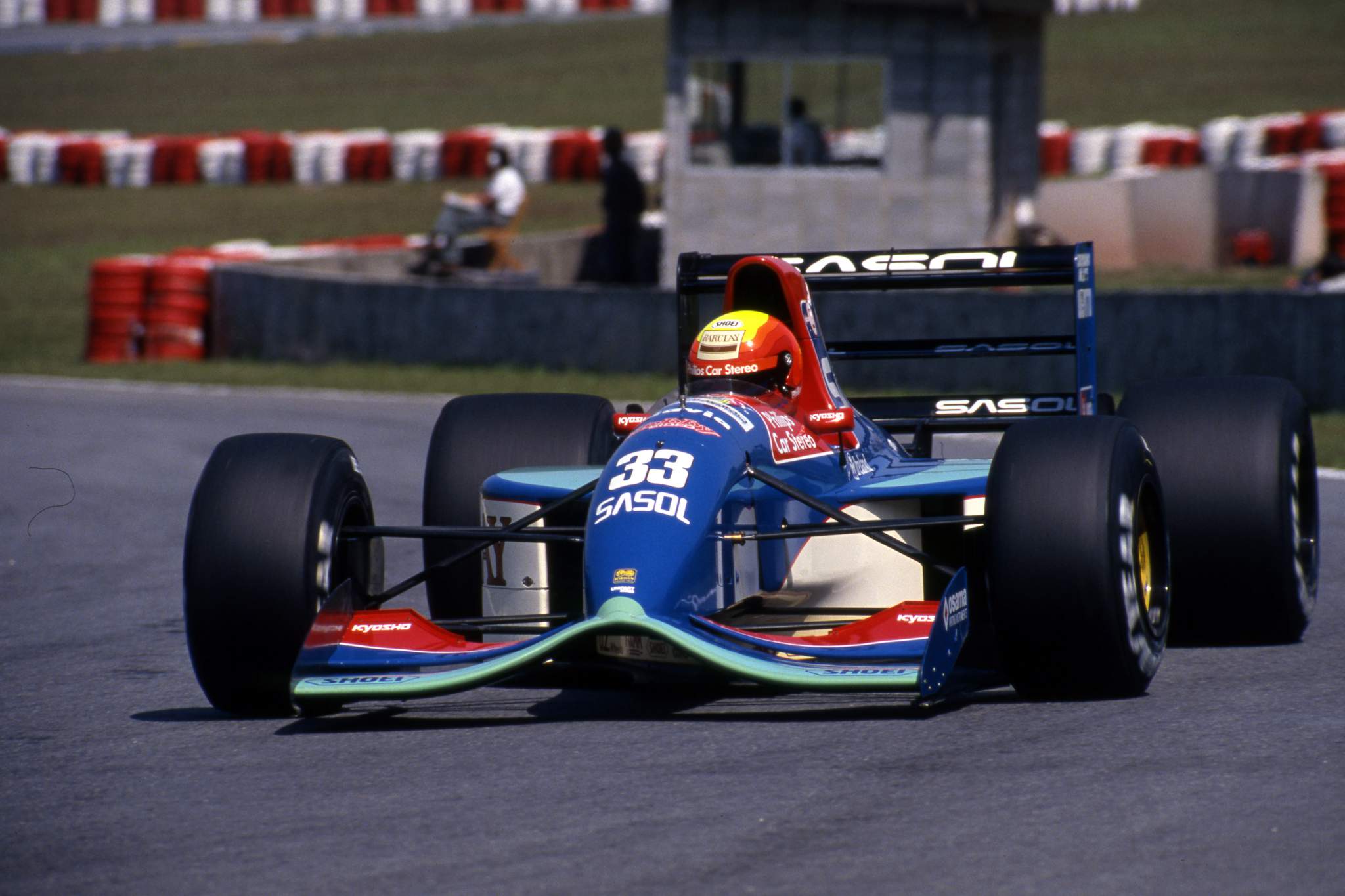
But no the numbers were correct, and from the start of testing, we had cooling problems.
We had a package of new radiators and bodywork ducts fitted for the first race and thought we just about scrape by.
But it was not to be and we were still fitting extra oil coolers after the morning warm-up! Amazingly, Mauricio Gugelmin got to the end of the race in 11th place, although Stefano Modena in the other car failed to qualify.
While Bahrain is always one of the more challenging races in terms of the temperatures – a problem that’s lessened since it became a night race – the fact teams had pre-season testing there should mean they are on top of such problems.
But there’s always the unexpected waiting to catch you out. Testing will have answered some questions for teams, but it won’t be until qualifying and the race this weekend are done and dusted that they – and the watching world – will really know how everyone stands and who might be up against it.






